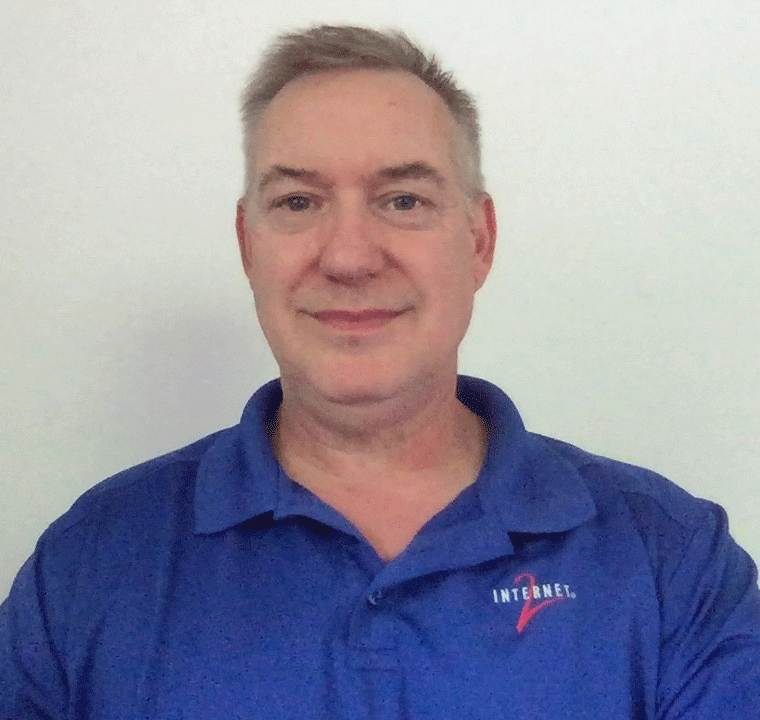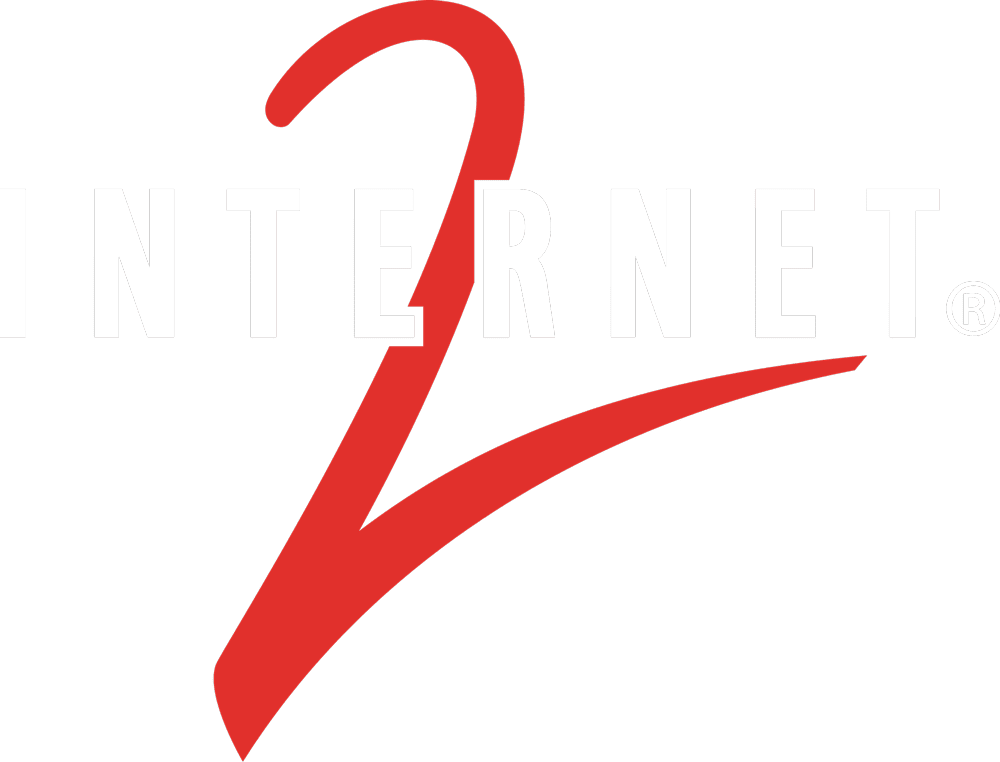13
July
2021
Internet2’s John Hicks Reflects on Expanding Access and Bridging the Gap for Research
By Amber Rasche - Senior Communications Specialist, Internet2
Estimated reading time: 4 minutes
John Hicks, network research engineer with Internet2, has spent most of his career supporting scientists, researchers, and research computing and data professionals in their use of high performance research and education (R&E) networks. His role with Internet2’s Research Engagement team includes supporting the Eastern Regional Network and its Broadening the Reach working group—engaging a community of under-resourced academic institutions in the region, including MSIs, HSIs, HBCUs and EPSCoR institutions, to learn how best to support their research collaboration and advanced computing requirements. At the upcoming PEARC21 conference, John will co-present a paper on the effort with Forough Ghahramani of NJEdge and Barr von Oehsen of Rutgers University. In this Q&A, John shares more about the Eastern Regional Network, recent findings from Broadening the Reach, and what’s coming next.
Tell us more about yourself and your role at Internet2, along with your role supporting the Eastern Regional Network.

I have worked with Internet2 since 2014. Prior to that, I spent 20 years as a programmer and network engineer at Indiana University, including a role with the university’s international networking group.
In my current role as a network research engineer with the Internet2 Research Engagement team, I co-chair the Eastern Regional Network’s (ERN) Broadening the Reach (BTR) working group. I also provide technical support for the Pacific Research Platform’s Open Science Grid StashCache, offer testbed support for Information-Centric Networking, and contribute to Internet2’s Cloud Learning and Skills Sessions (CLASS) program. My main focus is on developing researcher engagement and information sharing strategies to help bridge the gap between researchers’ IT needs and related technologies.
What sparked your passion for the ERN’s BTR working group?
In 2014, I got involved in an NSF grant-funded campus cyberinfrastructure program (NSF Award #1342995), which eventually became known as Broadening the Reach. The aim of the grant was to support the enhancement of campus network infrastructure and external connectivity of smaller colleges and universities. The scope was geared toward higher education institutions with notable research projects, even if the institution was not primarily research-focused. The reach included those in EPSCoR states and beyond.
We used two primary approaches for the program. First, the grant deliverables included hosting three workshops concerning campus infrastructure, external connectivity to support research and teaching, performance monitoring, and grant writing support. In addition, we conducted 30 site visits to selected campuses to discuss local cyberinfrastructure issues, wide area networking, remote collaboration, research(er) support, assistance with infrastructure implementation, and the development of competitive proposals. The grant was very successful and really opened my eyes to the research needs of smaller institutions and how community resources and funding can make a huge difference. We have been able to continue that momentum with the ERN BTR working group.
The BTR working group has been meeting biweekly since August 2020. What are some of your biggest takeaways from those community conversations?
Given that the BTR working group is a “coalition of the willing,” I am amazed at how dedicated this group is to helping smaller, less-resourced institutions. They planned, organized, and conducted a BTR workshop last December that brought together participants from small and under-resourced institutions in the Northeast to discuss issues and barriers that stand in the way of research and time-to-science. My biggest takeaway is that institutions often don’t know what they don’t know. Simply exposing participating institutions to community resources—Campus Champions, CaRCC, Trusted CI, The Quilt, XSEDE, and more—seems to energize their need to get involved in these national groups and resources.
What’s next on the horizon for BTR and how can others in the community get involved to support those next steps?
We will present our findings from the December BTR workshop during a virtual session at the upcoming PEARC21 conference, to be held at 10 a.m. PT on Tuesday, July 20. I hope that talk will encourage others to get involved in the community discussions and possibly contribute their insights and expertise to future workshops.
The next big project for this working group is to hold a follow-on workshop, tentatively scheduled for early 2022. The workshop will allow us to both continue the conversation and learn more about how we can identify new issues, help the community take advantage of available resources, and further break down the barriers to science.
The ERN has brought together an amazing set of folks who are dedicated to making resources available. Although this work is primarily focused on institutions in the Northeastern US, the issues and concerns are shared by under-resourced institutions across the country. I hope that through this work we can help build and enrich a community who can work together to solve shared issues.
